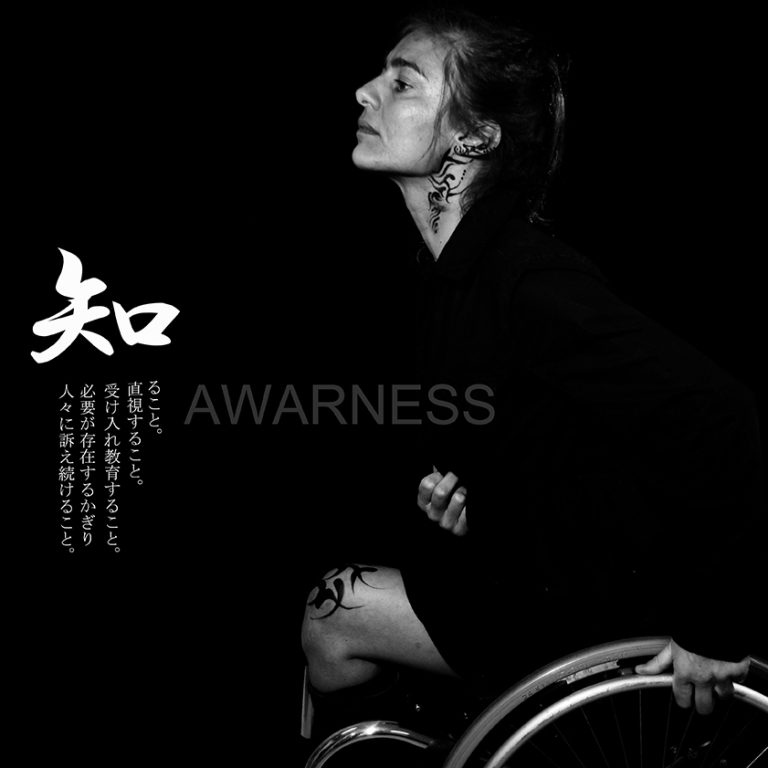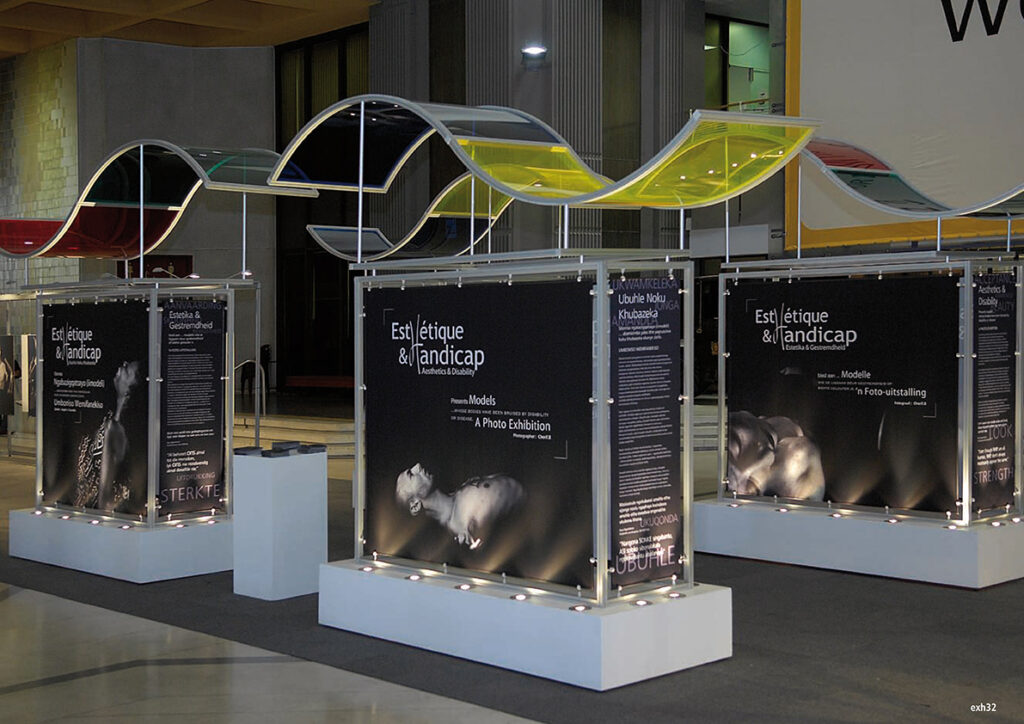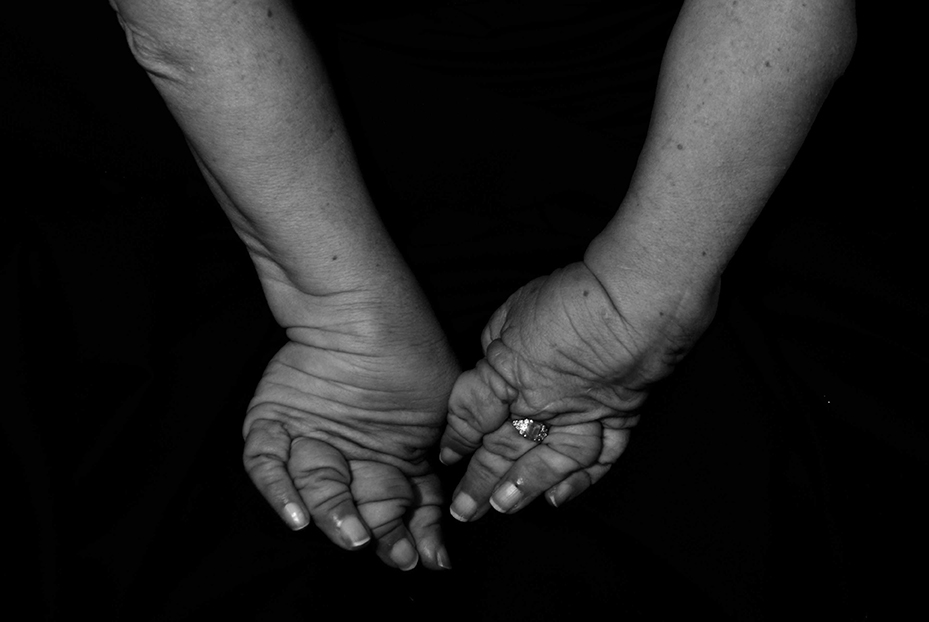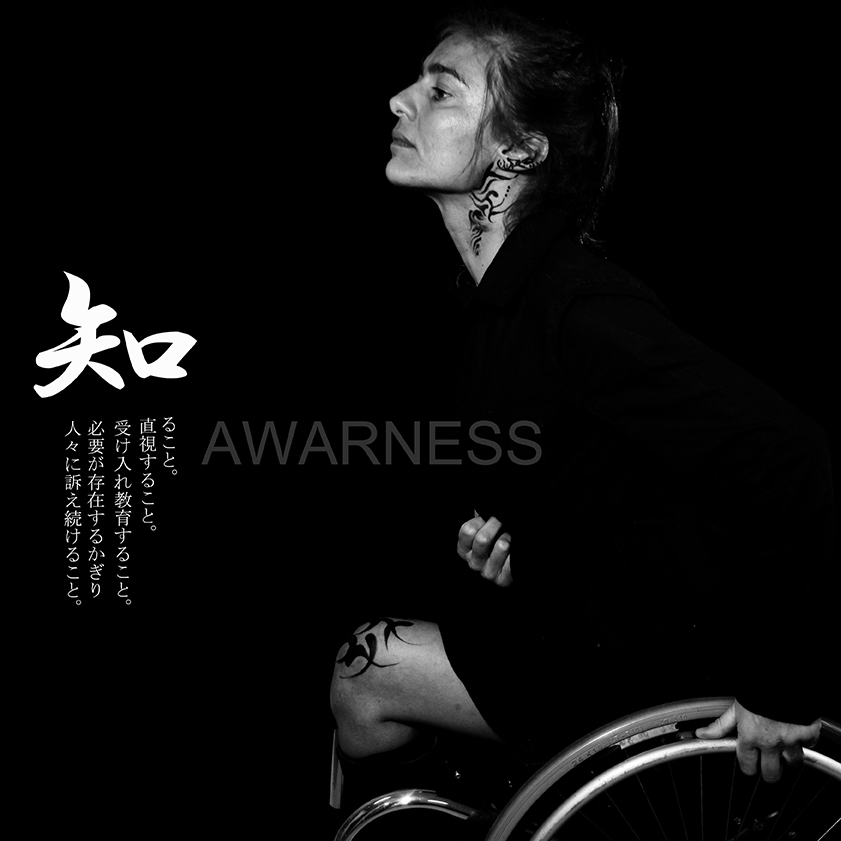Aesthetics and Disability
FOREWORD
We live in a world where the body—an object of desire and consumption—is constantly exposed and staged. A body whose standards of perfection are increasingly uniform, while we are bombarded with countless methods, recipes, and techniques to mold it to fit this socially recognized “ideal.” In this context, illness, aging, and disability are perceived as enemies, condemning a body that we wish to preserve in eternal youth and controlled vitality to a state of degeneration.
How, then, can we view a different, unique body—one that some might describe as ungraceful or deformed because it doesn’t match aesthetic standards—as potentially desirable? How can we avoid seeing in another’s physical disability the image of what terrifies us: the anxiety of an imperfect, diseased, damaged, or scarred body, which contrasts so painfully with the full, controlled, balanced body whose fiction is sold to us by the media at every turn? And how can we not reduce a disabled person to that different body and see in them the person who, beyond their disability, remains whole and free?
“One is not born disabled; one becomes so through the gaze of others,” writes Marcel Nuss. “Such a statement may seem incongruous to those who have never experienced the inquisitive and diminishing effects of stares directed at them, at their decline. Sadly, it is nothing more than a grim truth that results from the fact that otherness and degeneration shock and paralyze the gaze!”
For a long time, those whose bodies represent what we would rather ignore have been kept out of the collective space. Yet today, a burgeoning societal awareness, along with advances in medicine and technology, means that people with disabilities are increasingly present and moving through all layers of collective and public life.
Even as more and more disabled individuals are living perfectly ordinary lives, they are still often viewed as dependent, as beings inhabited by pain and condemned to suffering.
The body, in all its diversity, is a central element both in the artistic approach and in the acceptance and inclusion of people with disabilities.
WHY AESTHETICS & DISABILITIES?
OPENING THE EYES TO THE BEAUTY OF PEOPLE WITH DISABILITIES
If we want to succeed in integrating people with disabilities, particularly those with physical disabilities, we need to achieve a double revolution in our perception:
- Show and teach others to view a person with a disability as someone who is, first and foremost, a person before being labeled as disabled.
- Show and teach others to recognize and appreciate the unique beauty that can emanate from any body, even if it’s different.
This change of perception is essential for people with disabilities who, like anyone else, have a fundamental, existential need to be seen—in the fullest sense of the word—to feel free and to grow.
It is equally crucial for able-bodied individuals who often do not know how to look at people with disabilities. When confronted with difference, one may either look with a gaze of fascination that stops at the other’s body—staring in a way that verges on rudeness—forgetting to see the person who inhabits that body and who is not limited by it. Alternatively, out of modesty or fear of voyeurism, one might avert their gaze and, in doing so, exclude the other person by refusing to meet their eyes.
The Esthetics and Disability project I initiated is founded on the idea that it is the responsibility of people with disabilities themselves to inspire this change in perception. It encourages people with disabilities to educate others’ perspectives by presenting themselves not as “disabled” but, first and foremost, as beings of desire, beings of speech, and beings of freedom.
This change in perspective cannot be dictated; it must be cultivated.
This has been my daily work and ambition within my communications agency over the past ten years.
In 2008, I decided to develop the Esthetics & Disability concept, aiming to highlight the beauty emanating from non-conventional forms and distinctive physiques of people with disabilities. This concept seeks to shatter a number of taboos and reconcile the two notions of Esthetics & Disability, which were seen as contradictory in the collective unconscious.
Through this photographic concept, there lies a desire to bring the image of people with disabilities out of the closet where it has long been confined, to create opportunities for encounters: an encounter between a person with a disability and themselves, and an encounter between society and people with disabilities to foster better acceptance of disabilities in a society where the cult of perfection has reached its peak, and where living a fulfilling life with a disability is still considered a challenge.
The power of the image is what chained me most tightly to an ideal self… My perception of what it meant to be a man was shaped by advertisements, magazines, and a realization that grew increasingly painful during my adolescence: I am not like that. From this I am not like that to I am not desirable, at the very time when desire is awakening, there was only one step…
As a powerful tool for inclusion, the image has the potential to drive change. Key players such as major brands, agencies, the media, and public authorities have a crucial role to play in shaping social perceptions of diversity. It is essential to continue the work that began over a decade ago. Shall we think about it together?




